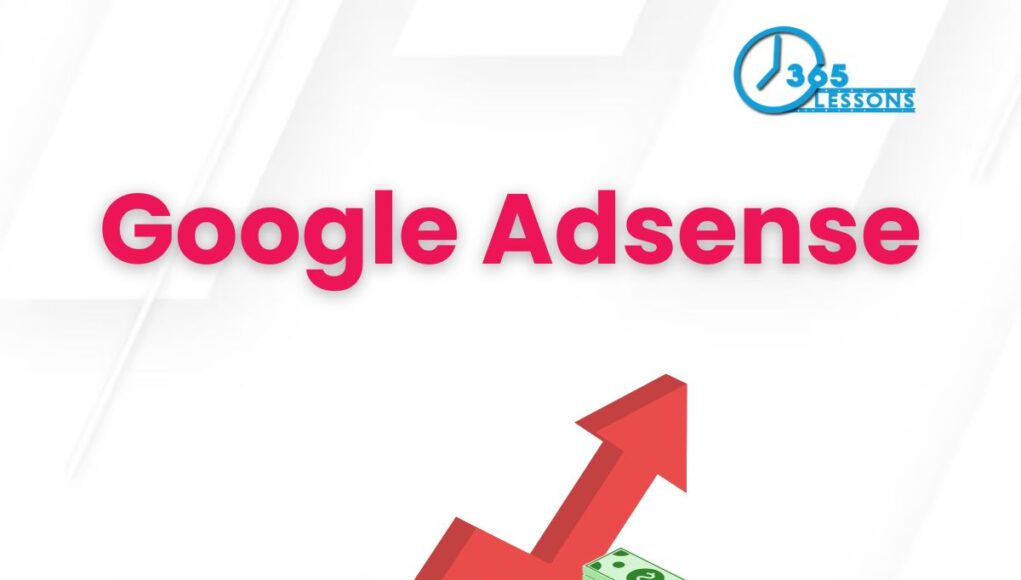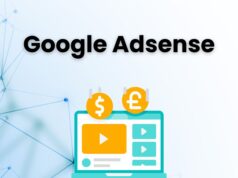Introduction – Google AdSense
In today’s digital age, where content is king, finding effective ways to monetize online platforms is crucial for publishers and content creators. One of the most accessible and widely used tools for website monetization is Google AdSense, a program run by Google that allows website owners to earn revenue by displaying ads. This article aims to demystify Google AdSense, exploring its workings, benefits, and the recent updates to its revenue-sharing structure and implementation timeline. We’ll delve into how these changes impact publishers and the importance of maintaining quality and user experience in the ever-evolving digital landscape. Whether you’re a seasoned publisher or new to the world of online content creation, understanding Google AdSense is a critical step towards maximizing your site’s revenue potential while ensuring a positive experience for your audience.
Table of Contents
Understanding Google AdSense
Google AdSense is a free, simple way for website owners to make money by displaying targeted Google ads on their sites. Launched in 2003, AdSense has become a staple in online advertising, allowing publishers to earn revenue on a per-click or per-impression basis. But how does it work?
How It Works: AdSense operates by matching ads to your site based on your content and visitors. The ads are created and paid for by advertisers who want to promote their products. Since these ads are content-targeted, they are often relevant to the site’s visitors, increasing the likelihood of engagement. Google uses its advanced algorithms to ensure that the ads displayed match the site’s content, making the ads feel less intrusive and more like a natural part of the user experience.
Getting Started: To start using AdSense, website owners need to apply for an account. Once approved, they can place ad code on their site. Google then takes care of the rest, from ad selection to payment to publishers. AdSense supports a variety of ad formats, including display ads, text ads, and rich media ads, giving publishers flexibility in how they want to incorporate advertising into their site.
Benefits: The primary benefit of Google AdSense is its ability to generate passive income for website owners. It’s especially beneficial for sites with high traffic volumes and quality content. Additionally, AdSense offers detailed reports that allow publishers to track their earnings and understand their audience better, enabling them to optimize their content and ad placements for higher revenue.
Transition to Per-Impression Payments
Historically, Google AdSense has compensated publishers primarily through a per-click model, where revenues are generated each time a visitor clicks on an ad displayed on their site. However, the digital advertising landscape is evolving, and so is Google AdSense. The transition to per-impression payments signifies a pivotal shift, offering publishers the ability to earn money based on the number of views an ad receives, not just clicks. This model reflects the growing recognition of the value of visibility and brand awareness in advertising.
What It Means: Per-impression payments mean publishers can now earn revenue each time an ad is displayed to a user, regardless of whether the ad is clicked. This model benefits sites with high traffic but lower click-through rates, as it allows them to monetize their audience more effectively.
Impact on Earnings: This shift could lead to a more stable income for publishers, as it reduces reliance on user clicks, which can be unpredictable. However, the rate paid per thousand impressions (CPM) is generally lower than the cost per click (CPC), so the overall impact on earnings will vary depending on the site’s audience engagement and ad placement strategies.
Updated Revenue Share Structure
In line with its commitment to providing a fair and transparent platform for publishers, Google AdSense has updated its revenue share structure. This update is designed to better align with the evolving needs of publishers and advertisers in the digital ecosystem.
New Revenue Share Model: The updated model offers a clearer, more predictable revenue sharing formula. While specifics can vary, Google has historically offered a 68% revenue share for content ads and 51% for search ads, with Google retaining the remainder. The new structure aims to maintain or improve these rates for the majority of publishers, ensuring they continue to receive a significant portion of the ad revenue generated from their sites.
Transparency and Predictability: This update enhances transparency, providing publishers with a clearer understanding of their potential earnings. It also offers more predictability, helping publishers forecast their income and make informed decisions about content and site development.
Impact on Publishers
The changes in Google AdSense’s payment and revenue-sharing models have a profound impact on publishers. These updates are designed to adapt to the changing digital advertising landscape, ensuring publishers can maximize their revenue while maintaining high-quality content for their audiences.
Benefits for Publishers: The shift to per-impression payments and the updated revenue share structure offer several benefits, including more stable income streams and improved alignment with publishers’ content strategies. Publishers can now earn from their content in a way that better reflects their site’s value to advertisers, even if their audience is less inclined to click on ads.
Adapting Strategies: Publishers may need to adjust their content and advertising strategies to maximize their earnings under the new models. This could include optimizing site layout for ad visibility, focusing on content that attracts higher CPMs, and leveraging analytics to understand audience behavior and preferences.
Maintaining Quality and User Experience
Amidst these changes, Google AdSense remains committed to maintaining a balance between monetization and user experience. The quality of content and the user experience are paramount, as they directly impact site traffic and engagement, which in turn, affects ad revenue.
Quality Content: Google encourages publishers to focus on creating high-quality, engaging content. Quality content not only attracts more visitors but also encourages longer stays on the site, increasing the chances of ad impressions and clicks.
User Experience: A positive user experience is crucial for retaining visitors and maintaining a site’s reputation. Google AdSense provides tools and guidelines to help publishers place ads in a way that complements the content without overwhelming or annoying visitors.
Implementation Timeline
The rollout of these updates to Google AdSense is phased, ensuring publishers have adequate time to understand and adapt to the changes. The transition to per-impression payments and the updated revenue share structure is being implemented gradually, with full adoption expected within the coming months.
Phase 1: Initial announcement and introduction of the new models to a select group of publishers for feedback and adjustment.
Phase 2: Wider rollout and education, including detailed guides, webinars, and support resources to help publishers navigate the changes.
Phase 3: Full implementation, with all publishers transitioned to the new payment and revenue-sharing models.
Conclusion
The updates to Google AdSense mark a significant evolution in the platform, reflecting the changing dynamics of online content monetization. By transitioning to per-impression payments and updating the revenue share structure, Google AdSense is adapting to the needs of both publishers and advertisers in the digital age. These changes underscore the importance of quality content and positive user experience, emphasizing that successful monetization is a result of engaging and retaining audiences.
For publishers, the new models offer opportunities to optimize their revenue strategies and better align their content with their earnings goals. As the digital advertising landscape continues to evolve, staying informed and adapting to changes is crucial for maximizing revenue while maintaining a high-quality online presence.
Google AdSense remains a powerful tool for publishers looking to monetize their content effectively. By understanding and leveraging the updates to the program, publishers can ensure their sites continue to thrive in the competitive digital ecosystem.
10 Key Takeaways:
- Google AdSense Simplifies Monetization: AdSense offers a straightforward way for website owners to earn money by displaying targeted ads, making it accessible for publishers of all sizes.
- Transition to Per-Impression Payments: Shifting from a purely per-click model to per-impression payments allows publishers to earn revenue based on the visibility of ads, benefiting sites with high traffic but lower click-through rates.
- Updated Revenue Share Structure: The new revenue sharing model aims to be more transparent and predictable, helping publishers better understand their potential earnings.
- Stable Income Streams for Publishers: The updated payment models can lead to more stable revenue for publishers, reducing reliance on the unpredictable nature of ad clicks.
- Quality Content is Crucial: High-quality, engaging content attracts more visitors and encourages longer site visits, directly impacting ad revenue potential.
- Positive User Experience is Key: Maintaining a positive user experience is essential for retaining visitors and ensuring the effectiveness of AdSense ads without detracting from the site’s content.
- Flexible Ad Formats: AdSense supports a variety of ad formats, allowing publishers to choose how they incorporate advertising into their site in a way that best matches their content and audience preferences.
- Detailed Analytics and Reporting: AdSense provides comprehensive reports, enabling publishers to track their earnings and gain insights into audience behavior, which can inform content and ad placement strategies.
- Phased Implementation Timeline: The rollout of the new payment and revenue-sharing models is phased, giving publishers time to adapt and make necessary adjustments to their strategies.
- Commitment to Evolution: Google AdSense’s updates reflect a commitment to evolving with the digital advertising landscape, ensuring the platform remains relevant and beneficial for publishers and advertisers alike.








